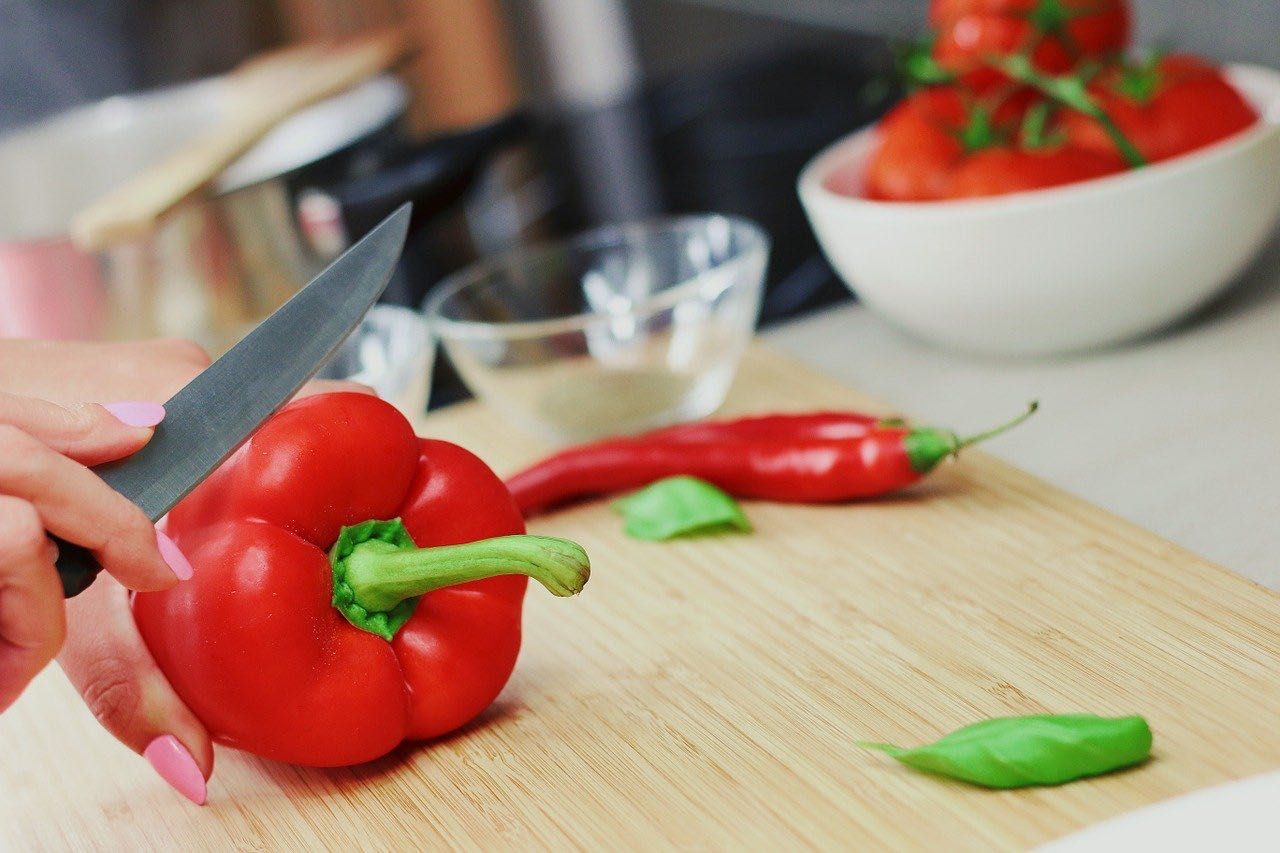Finely sliced salads! Perfect slices of roasted meat! Are you salivating? Well, I am! Some preparations need the right cut. If they are cut too big or thick the whole taste is lost. Other preparations need thicker cutting. Whatever the need, you need the right knives! How do you think the top-class chefs achieve such finesse? With the right set of chef knives as a perfect Chefs knife.
You can buy quality chefs Knives from Perkin Knives or a similar store in your vicinity! These stores have the widest and best collection of razor-sharp knives. The knives are totally worth every penny. The highest professional chef’s knives are great but cost high as well. You might not need them in daily life. Find chef’s knives that can be useful to you. Professional chefs will help you understand and pick the perfect knife to use.
First things first, a perfect chefs knife is a special kind of knife. So, you need to understand the anatomy. Without understanding the anatomy, how could you think of moving on to finding the perfect one? You need to know the anatomy inside out. Here it is for you:
1. Handle
The grip is the top priority for any kind of knife. So, it is obvious that you need the same thing for a chef’s knife as well. The grip should be secure and comfortable. When you hold the knife, you should not feel strain in your hand. Many say that indentations offer a better grip. Some, however, find it inconvenient. So, grip it and find what suits you!
2. Edge of the Knife
The edge of the knife should be sharp, from the moment it hits the box. Try the paper method to test its sharpness. A sharp knife will be able to cut through the paper in one clean swift cut. If you have the opportunity, try it on some veggies. A gentle curve from the tip to the heel is preferable.
3. Spine of the Knife
This is the top part of your knife’s blade. Make sure that the blade is polished or sharp and rough. Another thing, the spine should be tapering towards the tip. A thick one would be difficult to work with.
4. The Bolster
Did you know that this part has another name? Yes, it does, in fact many. The different names include shoulder, shank and collar. It is the part where the blade meets the handle. It can have a say in the strength of your knife. Some prefer a partial one, while many prefer the full bolster knives.
5. Heel of the Knife
This is the broadest and thickest part of the edge. The heel should not stop the rocking motion abruptly. Also, you have to make sure that the blade isn’t curved for it to kick backwards.
Now, that you know about the anatomy, let’s get back to finding you the perfect chef’s knife.
Aspects that Dictate the Perfection of a Chef’s Knife
Seen Harry Potter? The moment Harry had the right wand in his hand, he knew that it belonged. The perfect chef’s knife is like that! It should feel like a natural extension. If the cupboards erupt, you should look for the next wand, sorry knife! You will know if the knife is the right one. But, you should also keep an eye out for these aspects:
1. Weight of the Knife
The weight of the knife has divided the chefs into two groups. One group believes that a heavy knife can be helpful because it has more force and thus, cuts better. The other group feels that the chef’s knife should be free-flowing. This offers more skilful cutting. So, handle both types and choose the style that you like the best.
2. Size of the Knife
You basically have three options:
- 6 inch Chef’s Knife: This knife offers great agility in your cutting skills. It can in fact work in the capacity of a paring knife. This knife cannot be used for hefty tasks!
- 8-inch chef’s knife: It is the midpoint knife! Neither too big nor too small. Perfect for all kinds of operations. This is what has made the knife a popular option among household “chefs”.
- 10-inch chef’s knife: It might have an intimidating feel. But, the tasks that this large knife can perform, very few knives have the capacity to complete.
Choose the knife you want, or better have all three and select the size according to your task.
3. Balance
When you have the knife in hand, you should feel a harmonious balance between the tip and end of the handle. If you feel either end is heavier, then the knife is not worthy of your resources. Why? Simple, it will be harder to work with!
Verdict
Now, you are equipped with all the information you need. Just keep them handy, while picking out the knife! If you are going for an “online shopping” approach, then have a chat with the specialists at the store. They can guide you and find the perfect knife for your cooking adventures!
Kevin Richard is the founder of Richard’s Pantry. He spends plenty of time in the kitchen every day because he loves cooking healthy and delicious foods for his family and friends. Cooking gives him a chance to be creative and fun. It’s also one of the most meaningful ways to express his love of his little family.








